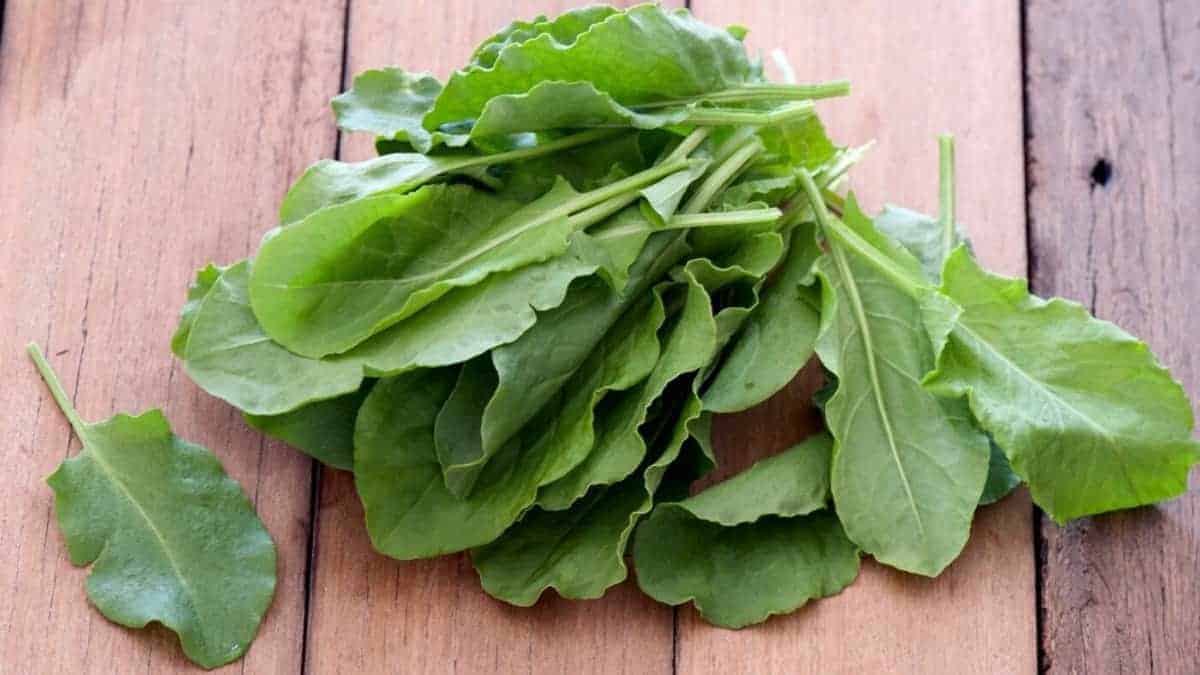Description
Sorrel is a culinary herb with a bright green arrow-shaped leaf that grows best in cool weather and marks the start of spring.
What does sorrel taste like?
The flavor is earthy, yet bright and tangy similar to a sour green apple with a hint of sweetness while the aroma contains notes of lemon zest and flora.
Where does sorrel come from?
Native to Europe and West Asia, sorrel is a member of the buckwheat family.
The name sorrel is aptly from the French word for ‘sour,’ and there are three main culinary varieties of sorrel: broadleaf, french, and red-vein.
Sorrel Uses
Sorrel is both an herb and a vegetable, short leaves are best used raw whilst large leaves need to be cooked.
Small raw sorrel leaves are often used as a garnish due to their appealing colors and markings, particularly butterfly sorrel and red-vein sorrel.
The herb can be used within salads, soups, oils, teas, cocktails, sauces, egg dishes and pastries.
Sorrel Substitutes
- Spinach: substitute sorrel with spinach for use in salads or cooked recipes.
- Young rocket leaves: in salads, rocket leaves can replicate some similarities within sorrel and can be further assisted with lemon zest or juice.
Sorrel Compliments and Pairings
The tart herb compliments ingredients such as fish, cream, oil, potato, eggs, poultry, pulses, peach, butter, lemon, avocado, leek, spinach, chard, pulses, strawberry and rhubarb.
Sorrel Expiration and Storage
- Fresh: wrap in a dry cloth and store in the refrigerator for up to one week.
- Frozen: freeze at its peak and store in the freezer for up to six months.
Fun Facts About Sorrel
- Yellow wood sorrel is also known as ‘sour grass’ due to its sour flavoring.
- There are over 200 species of sorrel.
- Before citrus fruits gained popularity, sorrel was often used to provide a sour and acidic element to dishes.
Popular Sorrel Recipes
- French sorrel soup
- Green borscht
- Sorrel tea
- Sorrel sauces
- Sweet sorrel tart
- Peach and sorrel salad
- Potato salad with sorrel dressing
- Eggs en cocotte with sorrel

